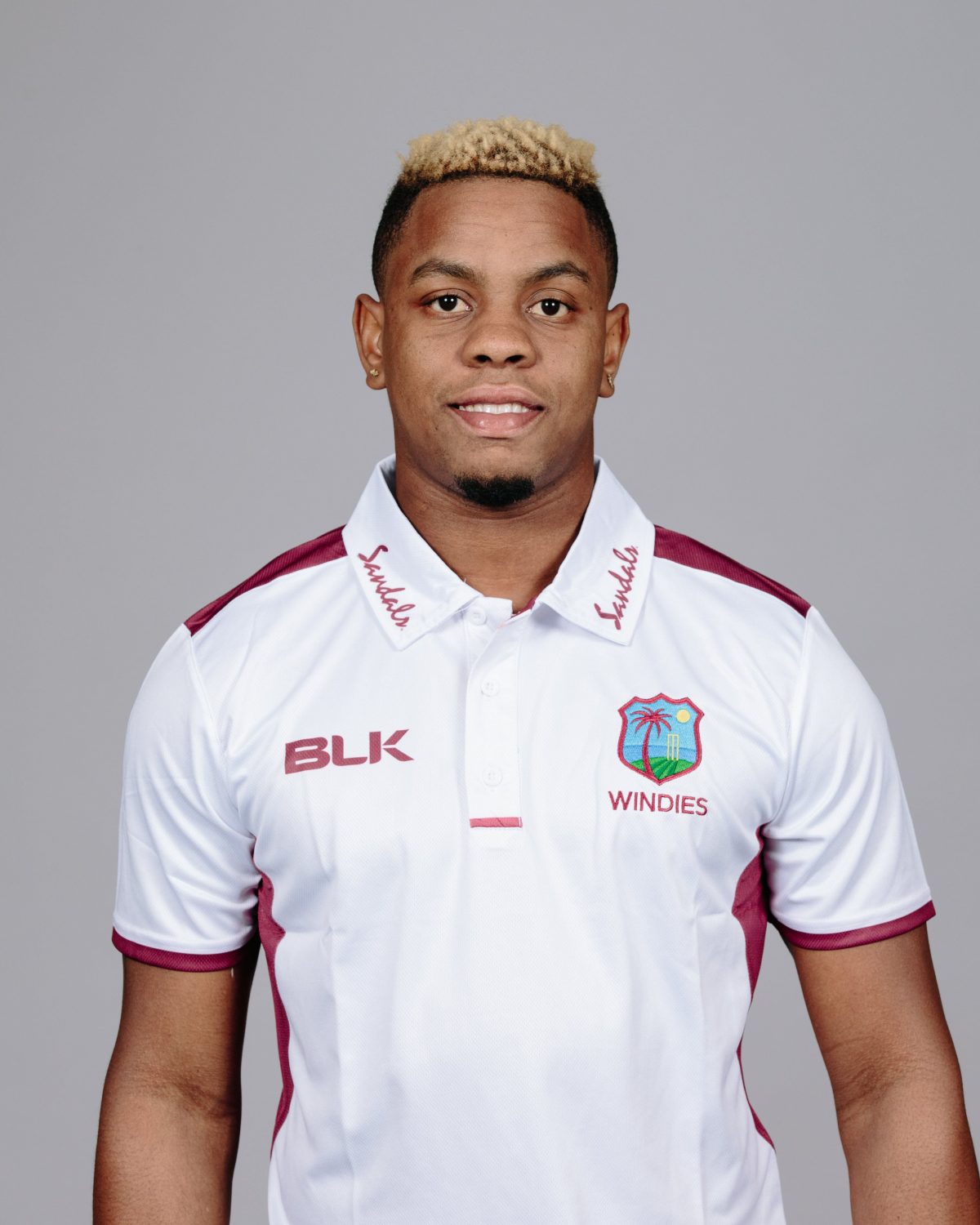
It wasn’t too long ago Shimron Hetmyer’s inclusion in West Indies limited overs teams was of such importance, his frequent withdrawals agonized fans from Kingston to Georgetown.
Last year he re-committed to the Regional team, but his batting failed to match his early career production, the selectors lost faith and he is back on the outside looking in, as was the case immediately following the corona virus shutdown in 2021.
Not due to extenuating circumstances, Hetmyer’s decline was of his own doing and even his most ardent fans would disagree with the Desmond Haynes selection panel’s decision to let him go from the team for retooling at the drawing board.
It was a dramatic meltdown that would’ve been unthinkable four years ago when the young Guyanese was belting One Day International (ODI) centuries with such ease, he became the darling of West Indian fans and an India Premier League (IPL) millionaire.
His current run of non-productivity started last year at the Guyana Inter County 50 overs level, continued at the Regional Super 50 competition. Then when he was unable to cut it for West Indies against England and India, with ODI averages of eight and 14 and T20 returns of 25 and one, the die was cast. He was jettisoned even if the manner of his removal from the squad, being sent home with three T20’s remaining against England, was disrespectful.
Nevertheless, Hetmyer’s slide can only be attributable to the seriousness of lack thereof required of professional sportspeople.
Natural ability of which the Berbician has tons of, can only take one so far and no more. The feats he accomplished in blazing his way to five ODI centuries before age 25, will never continue later on without hours of hard work, hitting balls in the nets and enduring mileage runs on the track or road for stamina building.
At 27, Hetmyer is at the stage where natural ability wanes and father time steps in, resulting in training becoming more important than actual competition.
Being the knowledgeable person, he is, Hetmyer should be aware that the oldest cliché in sport states that consistent success at the highest levels, requires 80 percent fitness with talent contributing the remaining 20 percent talent.
And the evidence over time suggests the swashbuckling lefthander has not been adhering. Two failed fitness tests have been problematic for him in the past. And the weight he has failed to shed from three years ago, following the corona virus inactivity, tells the story.
He runs hard in field and takes exciting catches, but the concentration boost had from intense stamina preparation makes a big difference.
Even before the fitness culture got a grip on the West Indies cricket fraternity following the advent of the team’s success from the Kerry Packer era in the 1970s, the Guyanese way for cricketers and other national sportsmen revolved much on the physical aspect.
Maybe it was the influence of the Guyana Defense Force (GDF), at a time when cricketers and most other competitors were linked to the nation’s military though semi-professional relationships. And with the Army being the best in the English speaking Caribbean then, fitness standards were high.
Even club teams required players to complete specified miles of fitness runs to qualify for selection to play domestic Case Cup and other high level competitions around the country.
It became even a bigger deal when national players won contracts to play in the English County and League competitions, at the time. Also the regional players in general learnt professionalism there and its importance for longevity in success.
In his autobiography West Indies ace opening batsman from the 1970s and 80’s Dream Team Gordon Greenidge, relates being stopped by police for burglary suspicion while doing his runs at nights in the streets of England.
Guyanese Carl Hooper has openly admitted hard work in the nets paid dividends when loss of form hit and axing from the Windies loomed, during his time.
And is there any surprise that Shivnarine Chanderpaul was at his productive best, while in his mid-30s because of his strong work ethic? It is not easy to forget his explanation to Aussie David Warner of batting six hours in the nets, to last six hours in the middle, in a conversation while campaigning for Derbyshire.
Hetmyer, though was never a product of stringent club competition requirements locally following the loss of importance attached to serious play at that level by administrators after the Case and Davson Cup series disappeared, in the 1980s
The drop in standards especially among Guyana’s batsmen was inevitable. Once the backbone of West Indies teams, the non-production of quality batsmen from the land of Kanhai, Butcher, Lloyd, Fredericks, Kallicharran et al, has helped the brittle description Regional lineups have been labelled with in the last 20 years.
These days the undesirable politics associated with West Indies team appointments without much priority given to coaches and trainers who stress hard work, is also a major factor in the declining standards.
Bajan star Shai Hope through, is the exception in this era of batters, as he doesn’t need coaches on his back to get the necessary work done. Hope recently explained that his gym workouts start at 4.30 am as he relishes getting out of his comfort zone. His resulting prolific scoring, topping an impressive 50 plus ODI average in the last 12 months, is an example for Hetmyer and others to follow.
Given his turnaround last year while turning his back on most T20 leagues in preference to representing the Regional team, it is obvious Hetmeyer’s heart is back in the right place, wearing the maroon hat.
But his mind has to follow suit and address the work necessary to regain form, West Indies selection and the fans’ adoration.







